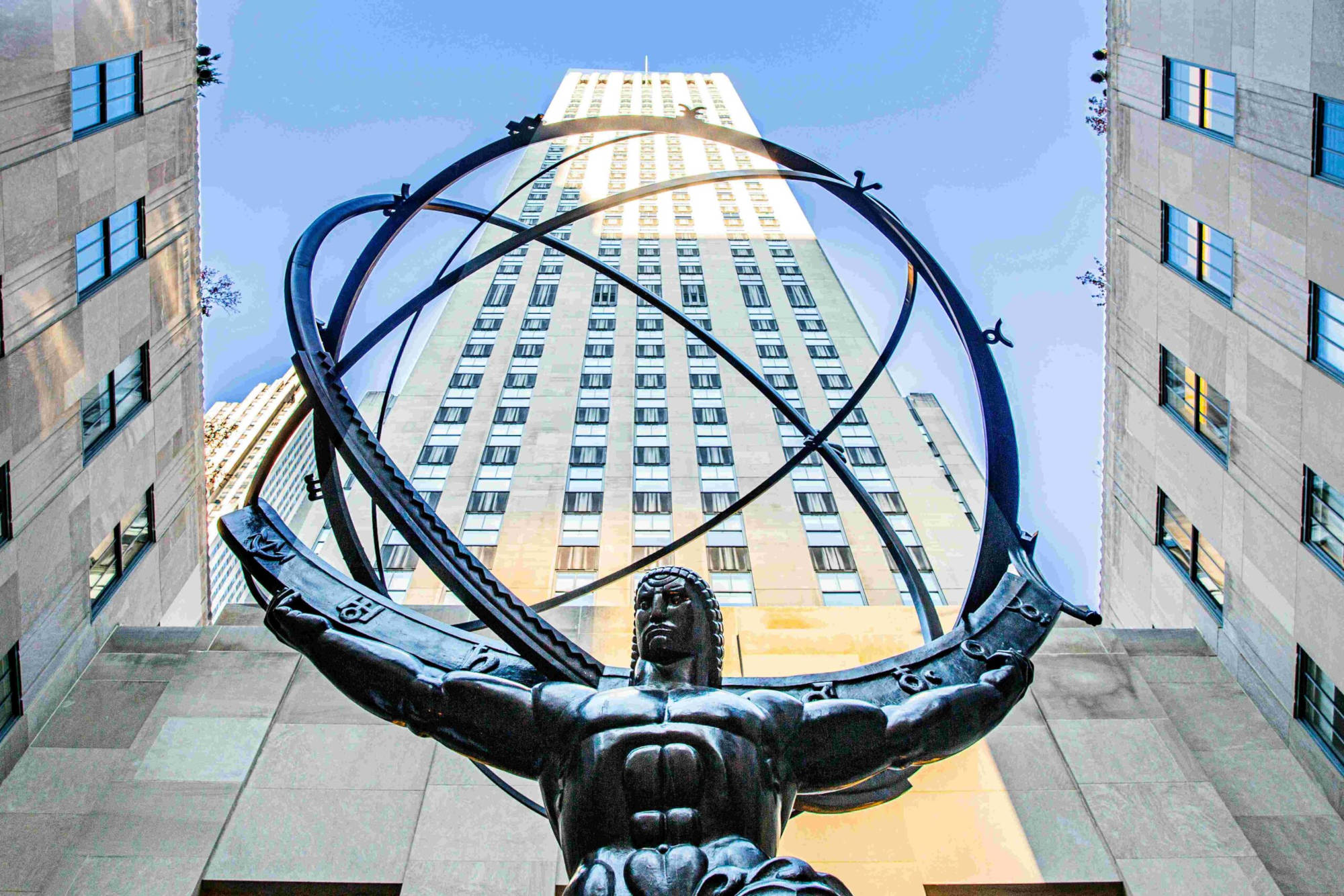La Martina (A): "Pasíon Argentina"
FEBRUARY 2008. Lando Simonetti was enjoying the relative cool of his Cucha Cucha office in the suburbs of Buenos Aires, Argentina. It may have been cool, but definitely not quiet. His desire to always be in the middle of the action at the company also meant he had to live through the noise of the factory. This ability to stay in close contact with people and realities on the ground had been instrumental in building La Martina from a modest polo equipment provider to the premier polo brand in the world, with global sales in excess of US$200 million.
La Martina was not about polo: it was polo. As an Argentinean of Italian origin, Lando could not have felt prouder to have conquered Europe. At 65, he had reached the pinnacle of the sport he loved so much. A few nagging questions lingered. The brand was being pushed more and more into fashion, a move he had strongly resisted so far. How would this affect its sustainability? La Martina had never been about fashion; it produced and sold functional polo equipment. Polo had become fashionable, and so had its products.
Should he fight the trend or capitalize on it? What would that mean for the company? Fashion also meant growth. So far, he had stubbornly pursued only self-financed growth. Perhaps it was time to consider raising more capital.
- Building a brand
- Managing growth
- Globalizing.
March 2008
Cranfield University
Wharley End Beds MK43 0JR, UK
Tel +44 (0)1234 750903
Email [email protected]
Harvard Business School Publishing
60 Harvard Way, Boston MA 02163, USA
Tel (800) 545-7685 Tel (617)-783-7600
Fax (617) 783-7666
Email [email protected]
NUCB Business School
1-3-1 Nishiki Naka
Nagoya Aichi, Japan 460-0003
Tel +81 52 20 38 111
Email [email protected]
IMD retains all proprietary interests in its case studies and notes. Without prior written permission, IMD cases and notes may not be reproduced, used, translated, included in books or other publications, distributed in any form or by any means, stored in a database or in other retrieval systems. For additional copyright information related to case studies, please contact Case Services.
Research Information & Knowledge Hub for additional information on IMD publications
- La Martina (A): “Pasíon Argentina”
- La Martina (B): Selling the passion?
- La Martina (A): “Pasíon Argentina”
- La Martina (B): Selling the passion?
Research Information & Knowledge Hub for additional information on IMD publications
Research Information & Knowledge Hub for additional information on IMD publications
in I by IMD
Research Information & Knowledge Hub for additional information on IMD publications
Research Information & Knowledge Hub for additional information on IMD publications
Research Information & Knowledge Hub for additional information on IMD publications
Research Information & Knowledge Hub for additional information on IMD publications
Research Information & Knowledge Hub for additional information on IMD publications
in I by IMD
Research Information & Knowledge Hub for additional information on IMD publications
Research Information & Knowledge Hub for additional information on IMD publications
Research Information & Knowledge Hub for additional information on IMD publications
Research Information & Knowledge Hub for additional information on IMD publications
Research Information & Knowledge Hub for additional information on IMD publications










